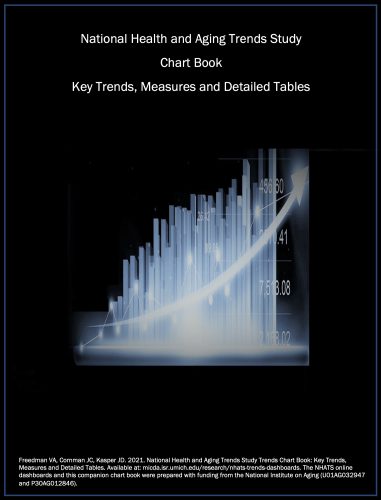Finding
The NHATS Trends Dashboards describe trends in late-life functioning of the U.S. Medicare population ages 70 and older. The dashboards are designed to facilitate understanding by researchers, policymakers and care providers of how daily life is changing for older adults as the US population ages.
The companion Chart Book includes key findings about recent trends with an emphasis on differences by age group, gender, and race and Hispanic ethnicity groups. It also includes descriptions of measures and detailed tables.
The dashboards draw upon a conceptual framework designed to guide content in NHATS. The framework recognizes important distinctions among physical and cognitive capacity, how daily activities are carried out, and the environment in which activities take place.
Specific disability-related trends that are reported annually include: physical and cognitive capacity, sensory limitations, use of assistive devices, help received with daily activities, unmet need, and participation restrictions. Also included are trends in late-life housing, participation in later life in online activities, and quality of end of life care.
To highlight how various subgroups of the population are faring, each trend is presented for the overall population ages 70 and older and then by various demographic factors including age group, gender, race/ethnicity, education, region of the country, whether assistance with activities is received, whether dementia is present, family structure, living arrangements and residential care setting. A separate dashboard provides an overview of trends for each of these demographic factors.
All trends are presented excluding nursing home residents; for select disability and residential care outcomes an additional set of trends that includes nursing home residents is provided. Findings highlight statistically significant trends (p<.05; see Methodology) as shown in the detailed appendix tables.

